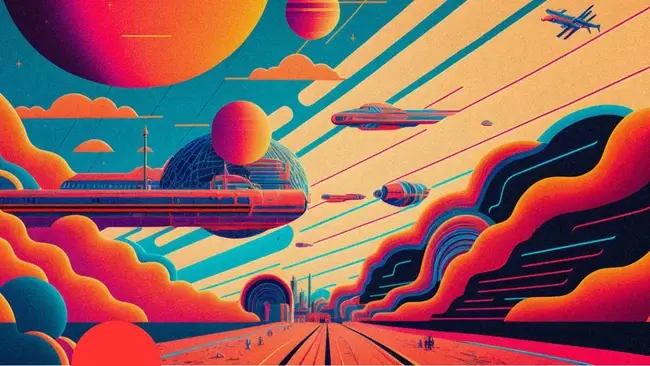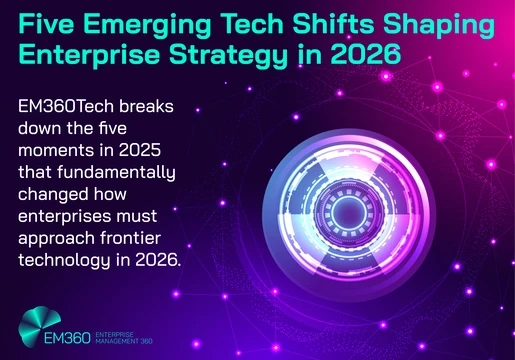From the creation of primitive tools to the invention of smartphones, the evolution of technology is a tale of human ingenuity and innovation dating back to the dawn of civilisation.

What were once makeshift tools to meet basic survival needs have evolved into a vast and interconnected network of technologies that shape every aspect of our modern lives.
Read our Top 10 for the ten emerging technologies for 2022
Today, technology is advancing faster than ever before. The rise of the internet, paired with the exponential growth of the global tech sphere, has paved the way for a whole new digital revolution that promises to shape how we communicate, access information and conduct business.
Fuelled by recent breakthroughs in artificial intelligence (AI), quantum computing and the Internet of Things (IoT), this new technological shift is poised to push the boundaries of human innovation and define the generations to come.
In this Top 10, we’ll be exploring 10 emerging technologies at the forefront of this technological revolution, exploring their potential to change the world as we know it.







Comments ( 0 )